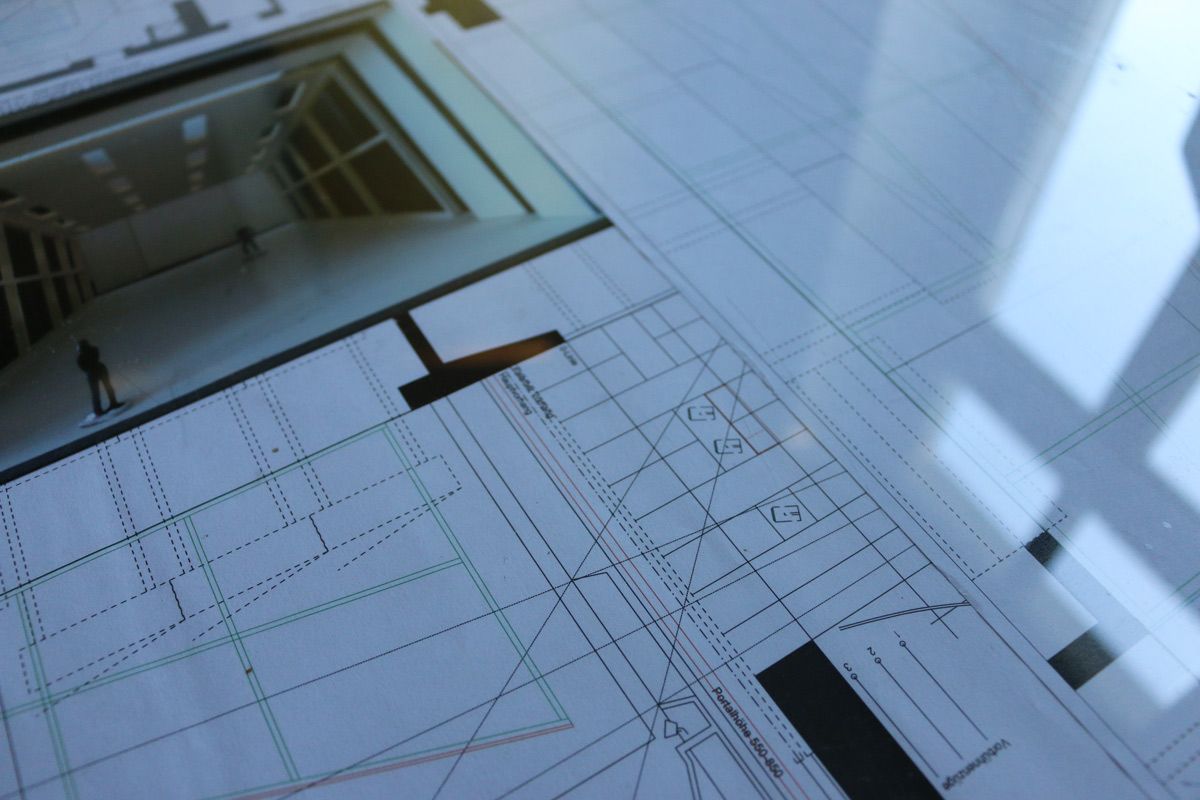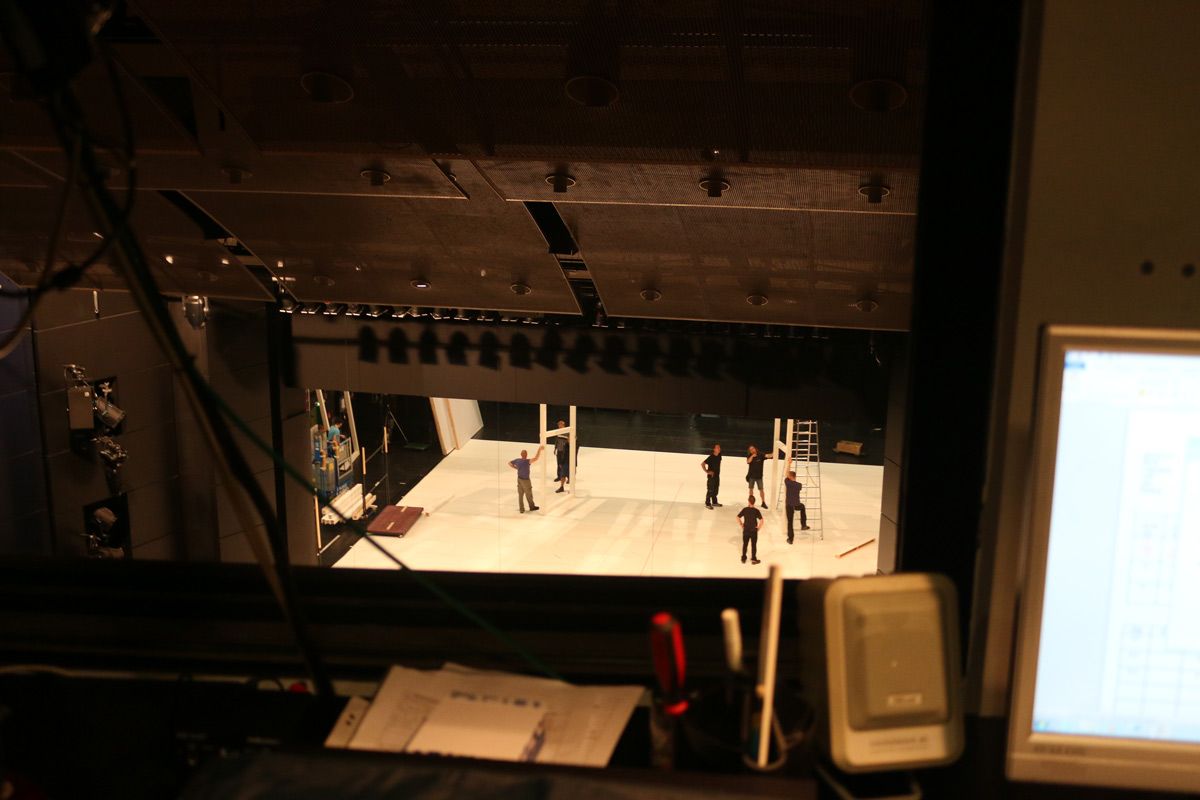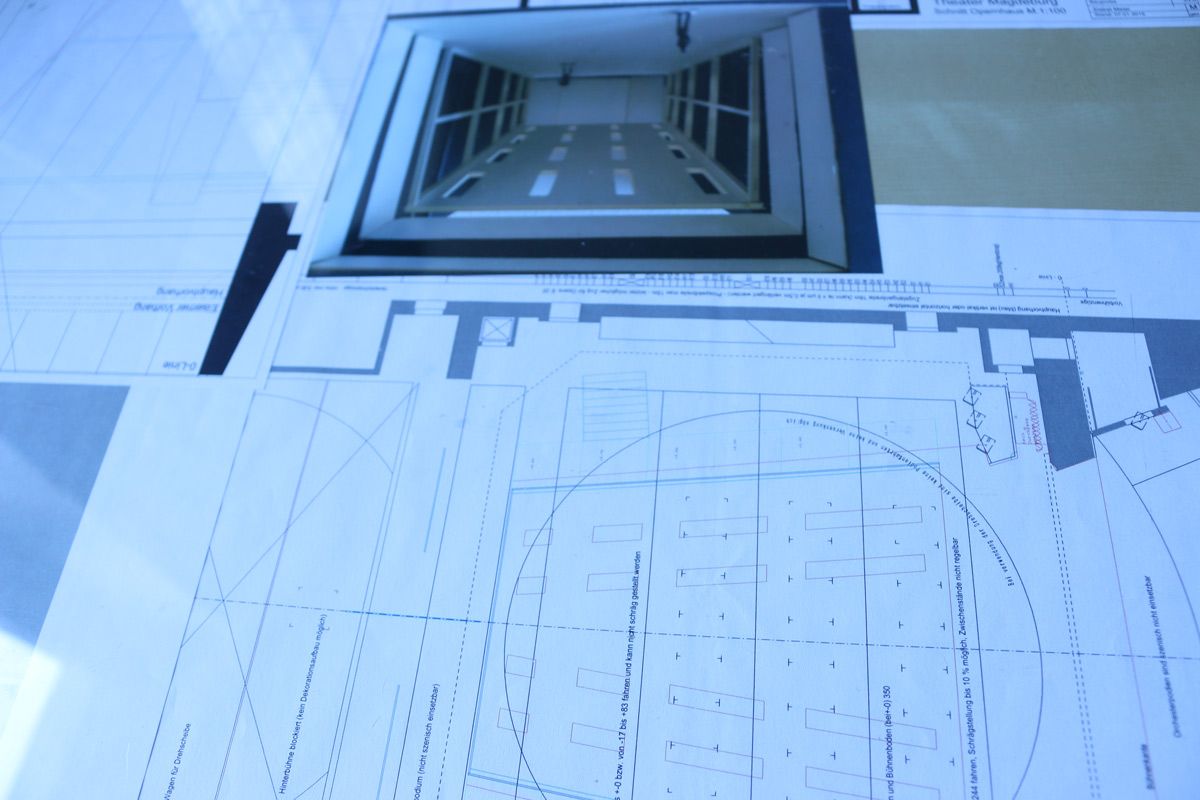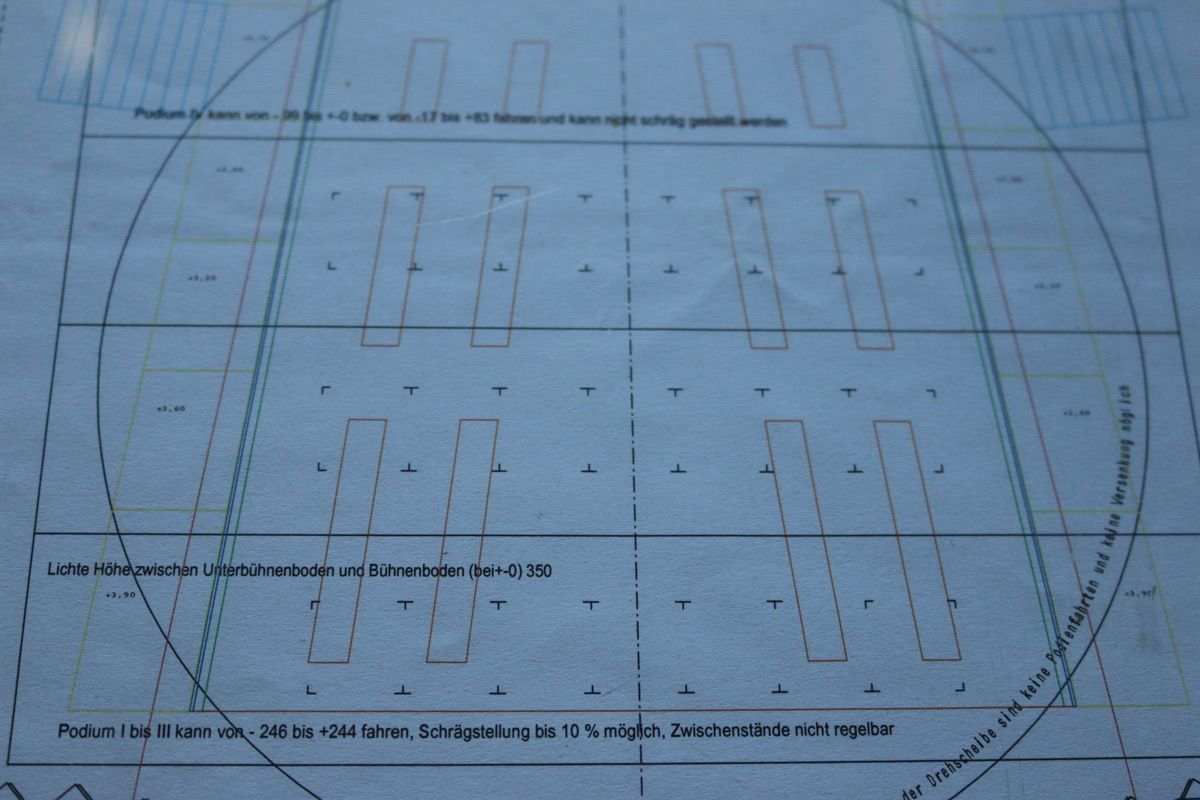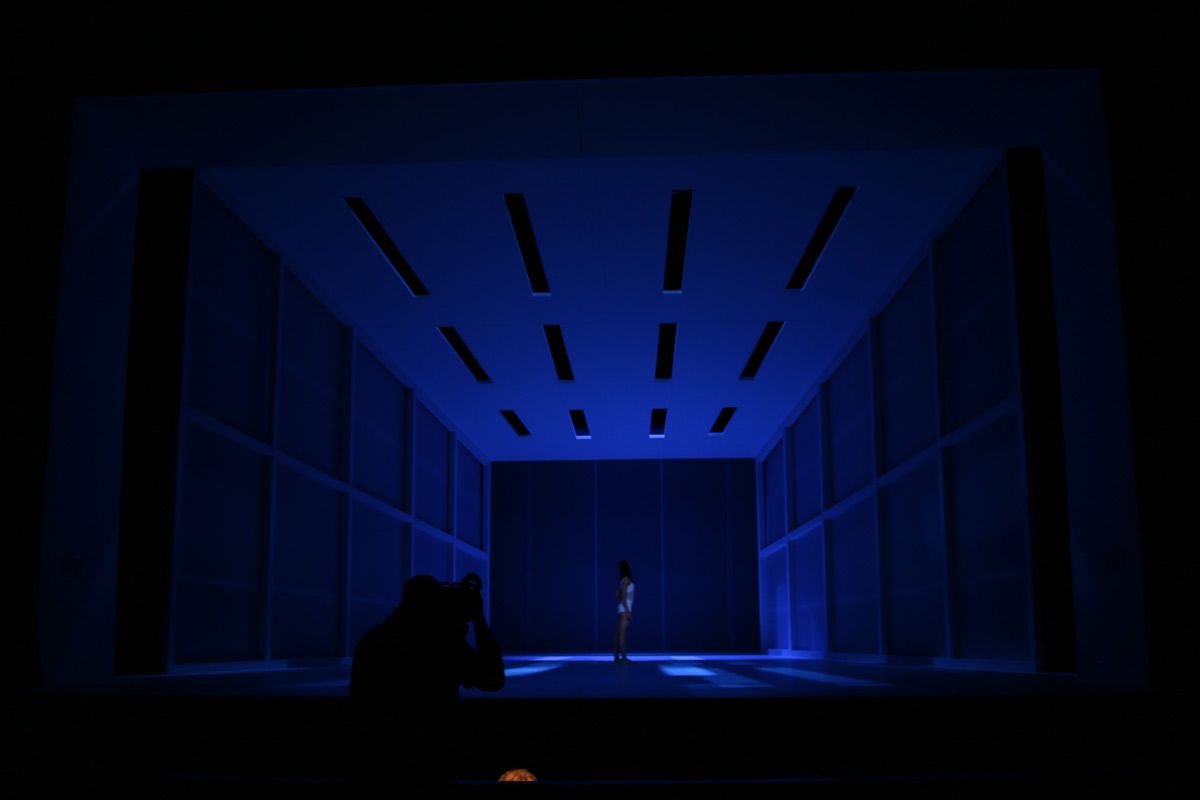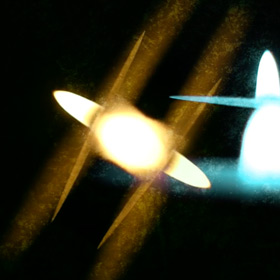Stabat Mater
Production Title
Stabat Mater
Role
Video Design
Premiere
October 2015
Client
Magdeburg Opera Haus
Choreography
Gonzalo Galguera
With
Sopran Hale Soner
Mezzo Sylvia Rena Ziegler
Tenor Felipe Rojas Velozo
Bass Martin Jan-Nijhof
Ballett Magdeburg
Opernchor des Theaters Magdeburg
Magdeburgische Philharmonie
Music
Gioacchino Rossini
About
I worked as a video designer with the Magdeburg Opera House for the ballet production
"Stabat Mater" with music by Gioacchino Rossini and Ralph Vaughan Williams.
Premiered on the 3rd of October 2015, it took me 10-12 months to produce the 73 videos that we synchronized
during the performance with the live orchestra, choir and ballet company of the theater.
We
followed a
pre-written video score based on the original Rossini's musical one.
With this production, in particular, we focused hard on balancing music, dance, and video so that these
three dimensions were supporting each other, rather than fight for the stage. To achieve this balance we
used video mapping software on scaled models of
the stage during the production process.
Press
"The fascinating stage space that opens up for the choral movements is enhanced by the video projections by
Jacopo Castellano. These fascinating, rapidly changing projections are like virtual commentaries on the
texts, citing inner and outer worlds, the elements of nature and, as in a kaleidoscope, changes and
permanence."
— Herbert
Henning
"The stage design, on which Gonzalo Galguera was involved, into which the essential intentions of his
ballet staging flowed, plays a large part in the spiritual presence of the performance. It is the external
scene of a mother's crucifixion, pain and infinite suffering and at the same time the stage of her inner
state of mind. This change from outside to inside without conversion, simply by means of the display, light
or video recordings, enables the smooth transition of the individual images of the "Stabat Mater" prayer to
a total work of art, the exciting change from static to moving dance images.”
— Rolf-Dietmar
Schmidt
"Singing soloists, choir and orchestra create a dance odyssey into spirituality with the dancers. […]
Galguera realizes his view of “Stabat Mater” as a kind of communication between music, the choral movements
and the soloist quartet, in a wide variety of musical formations. He illustrates the liturgical text through
the movements by letting the dancers enter into body-dialogue with the singers. And in the final choir, he
introduces the choir from his passive observer role into the stage scene, bringing the different levels
together. This constant change between interior and exterior views is a dominant moment in the stage design
that Gonzalo Galguera himself designed for his ballet evening. This tunnel room, the side walls of which
open and close for the choirs, is in constant media change due to video projections by Jacopo Castellano.”
— Herbert Henning

